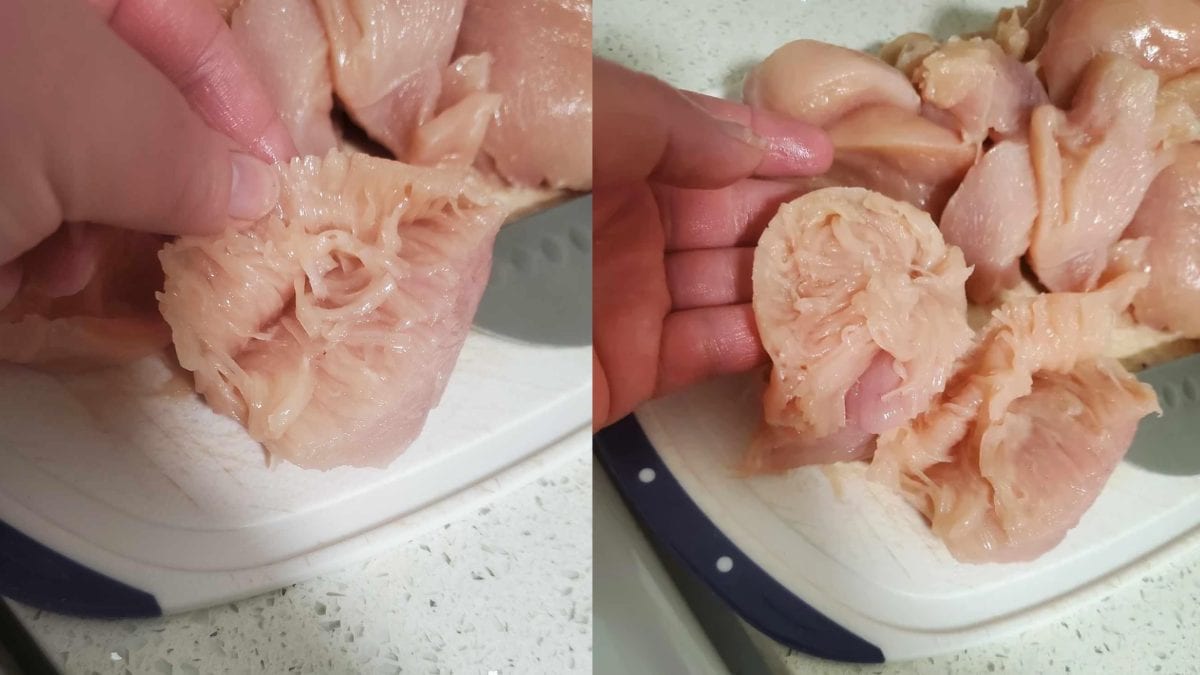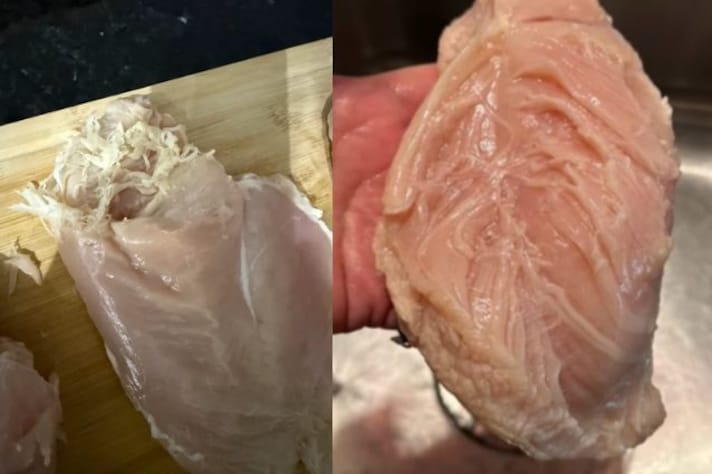
If you’ve ever cut into a chicken breast only to find it shreds into thin, spaghetti-like strands, you’re not alone in your surprise. This “spaghetti meat” phenomenon, characterized by white strings threading through the meat, has sparked curiosity and concern among home cooks and food enthusiasts alike. While the sight can be off-putting, experts assure us that these white strings are often a natural part of the chicken’s anatomy—and usually not harmful to eat.
Tendons versus Spoilage
The most common explanation for these white streaks is that they are tendons. Tendons are connective tissues that help attach muscles to bones, and their presence is entirely normal in chicken breasts. In their raw state, these fibrous strips might look startling but are perfectly safe. When cooked properly, the texture can soften, making them less noticeable. However, the intense, stringy texture described as “spaghetti meat” may also indicate another issue—overprocessed or rapidly grown poultry can sometimes display abnormal muscle fibers, which can resemble long, thin strands.
The Causes Behind Spaghetti Meat
Several factors contribute to the development of these unusual textures. Modern poultry farming practices, which aim to produce larger, faster-growing chickens, can sometimes result in muscle disorders. Conditions like “woody breast” or excessive fat deposition in the muscle tissue have been associated with these stringy patterns. These abnormalities, occasionally noticed in fast-growing broiler chickens, are generally the byproduct of modern breeding techniques and intensive rearing environments rather than a sign of something dangerous.

Is It Harmful to Eat?
From a health perspective, consuming these white strings isn’t harmful. If they are indeed tendons or a result of muscle anomalies inherent to industrially raised poultry, they will not make you sick. That said, the texture might not be to everyone’s liking. As with any meat product, it is essential to inspect for any other signs of spoilage such as a foul odor, slimy texture, or discoloration. If the chicken appears off in these ways, it’s best to err on the side of caution. Cooking the meat properly can further help mitigate the stringy texture by tenderizing the connective tissue—sometimes, slow cooking or marinating can transform these fibers into a less noticeable part of an otherwise delicious dish.
Looking Beyond the Appearance
The presence of these white strings has reignited discussions about the impact of high-speed poultry farming on the quality of meat. Yet, while the texture may challenge culinary expectations, it does not compromise the safety or nutritional value of the chicken. Many chefs and food scientists now advocate for alternative cooking methods that help manage such textures, ensuring that you can still enjoy a nutritious meal without sacrificing flavor or appeal.
;Resize,width=767;)
